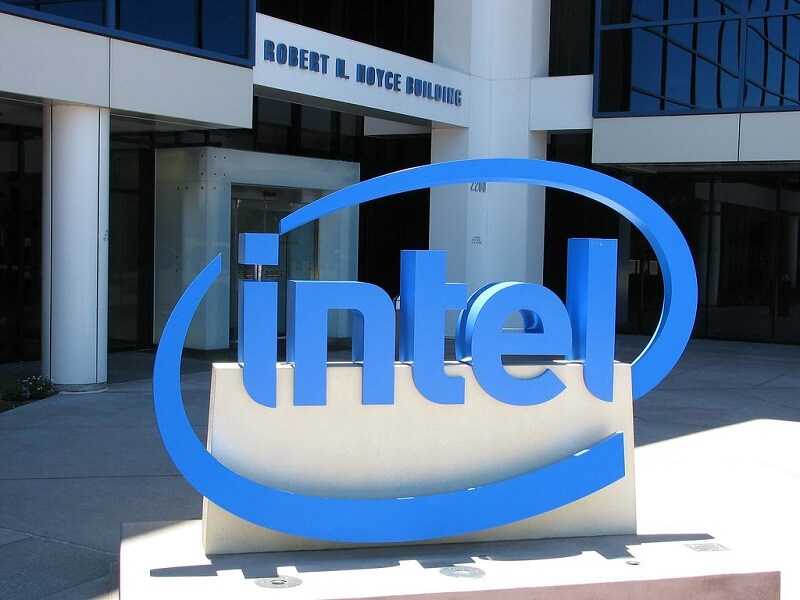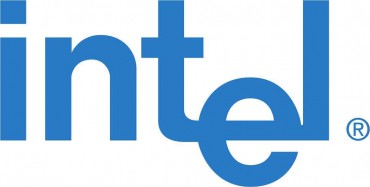2 min read

The Big Blue’s quarterly earnings report is out, first after the appointment of new CEO, Bob Swan. Quarterly earnings for Q1 are slightly above the analysts’ expectations.
But the Intel is expecting 2019 yearly earnings to reach $69B, $2B below analysts’ projections. Also, Intel has announced the exit from the market for fifth-generation mobile phones modems, thus ceding that market to other competitors.
But not all is bad for Big Blue, as they have announced that the Sunny Cove 10-nanometer microarchitecture of processors will be launched by the end of this year, just three years later than it was originally planned.
With the news of the lower projected annual revenues came to the response from the markets and the Intel’s shares fell for around 9% from $57.61 on Thursday 25th April to $52.56. In following days that trend slowed down but continued and at the moment of this writing, Big Blues stocks are traded at $51.26.
With these price movements, Intel is certainly falling behind the rest of the S&P 500 tech companies, which have seen stock prices growing 24% on average over the previous year.
With that being said, the question is whether the Intel is in trouble and why?
The answer to that question is both yes and no, and the earnings report gives some clues. Intel’s main market is for the individual buyers of PC central processing units, and this is a market where the Big Blue dominates with 77% of all sales.
Many market analysts were warning for years now that this market is struggling and the sales numbers from Intel do agree.
Sales of the desktop and notebook CPUs are down 8% and 7% compared to Q1 2018 respectively.
But the average selling price (ASP) is up by 7% for desktop and 13% for notebook processors. Thus the Intel’s Client Computing Group has reported 4% growth of revenue compared to Q1 2018, and its $8.6B makes more than half of the Q1 2019 revenue.
Will this trend of growing ASP continue it is too early to say. But what is certain is that Intel will in coming months launch a new generation of CPUs. Manufactured on the much-maligned 10nm node, announced more than four years ago when the current 14nm node was launched, and just six months ago being dismissed as vaporware by some industry analytics, the code-named Sunny Cove is not promising sunny days for Intel.
Is the change of production node solution for Intel
The change of production node and decrease of the size of printed circuits of the CPU is supposed to bring much higher energy efficiency of the CPUs. But this decrease in size creates some serious production issues.
Namely, the smaller the printed circuits and gaps between various elements of them are the higher are chances for errors during manufacturing. And for the past three years, Intel was working on fixing these issues and increasing the yield of usable chips they produce.
According to some sources, Big Blue can be anything but happy with the yields at the moment. So, as it stands at the moment, Sunny Cove will be too little too late. And to add insult to injury even in this troubling PC market Intel is having problems to satisfy the demand from consumers for their CPUs as the yields of current 14nm generation are nothing to write home about.
Datacenter revenue is down 6%, compared to Q1 2018, to $4.9B, but this is to be expected as the data center and client computing are competitors to each other, especially in the sector of the enterprise and government buyers.
Big institutional buyers usually have to make a choice of either procuring large numbers of desktops or upgrading their data center capacities, and no one has expected that those two sectors continue growing together forever. Cloud computing revenue is up by 5% compared to Q1 2018, but that is too little to offset the decline of the enterprise revenues.
Though the Intel is absolute market share leader in their most important segment, desktop and notebook CPUs, 2019 is not looking rosy for the Big Blue.
Intel’s main competitor AMD has made huge strides
Their main competitor AMD has made huge strides in regaining the ground they have lost in the previous decade. At the moment they are offering products which have comparable performances but carry considerably lower price tag than Intel’s offering, especially in the high-end niche which has the highest profit margins.
Also, the recent announcements state that AMD is aiming for the launch of their 7nm Zen 2 architecture in mid-2019. AMD’s jump from 14nm to the 7nm production process, while skipping the 10nm step, promises 15% increase of performance and a 30% decrease of energy consumption. And this blow from AMD is going to shake the Intel much worse than the scandal surrounding fake demo CPUs at Computex 2018.
The accountants and suits at the Big Blue know that AMD’s Zen 2 is more than competitive to anything they have in offer, and thus they are projecting lower annual revenues for 2019 than the analysts.
Don’t waste your money!



Leave a Reply